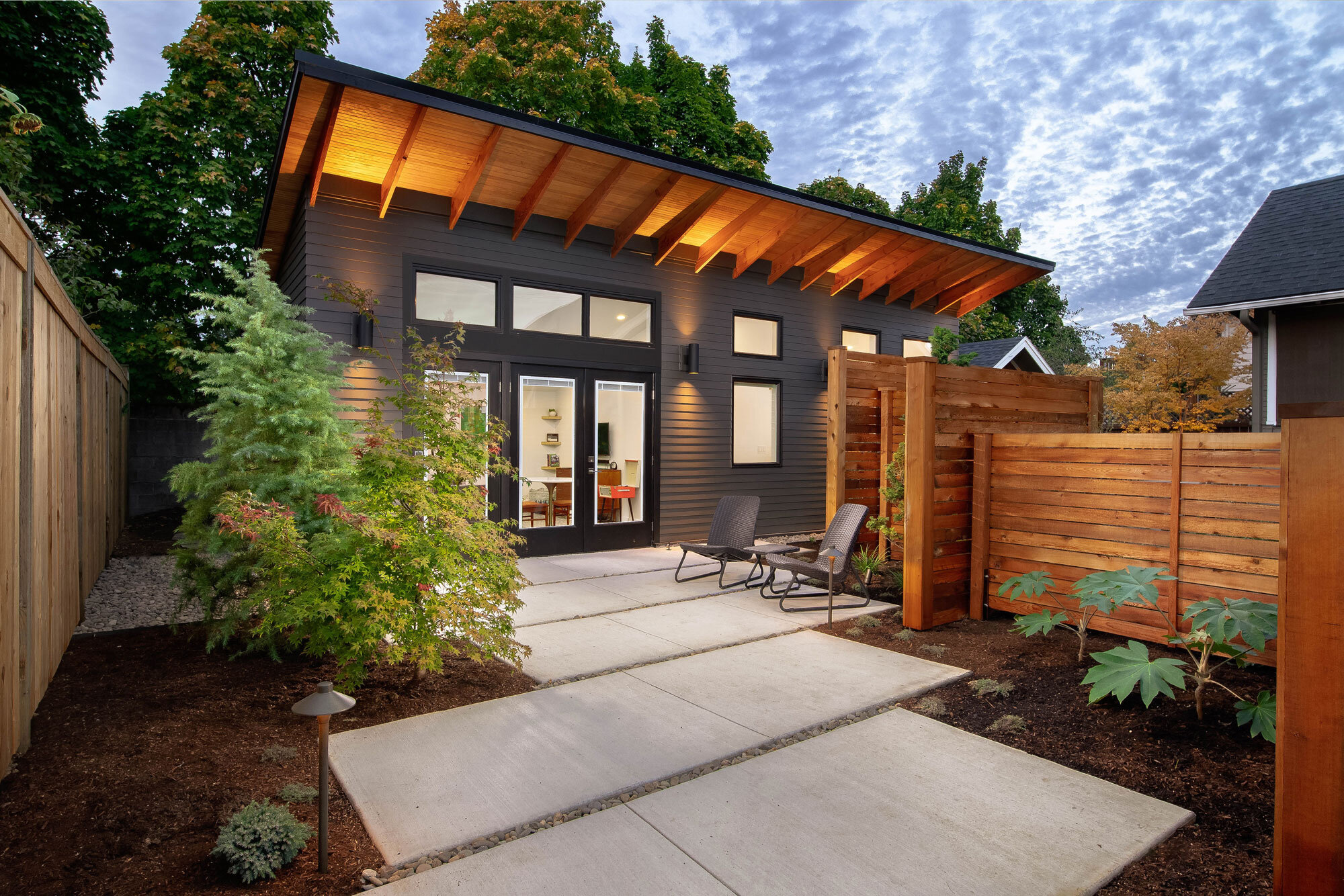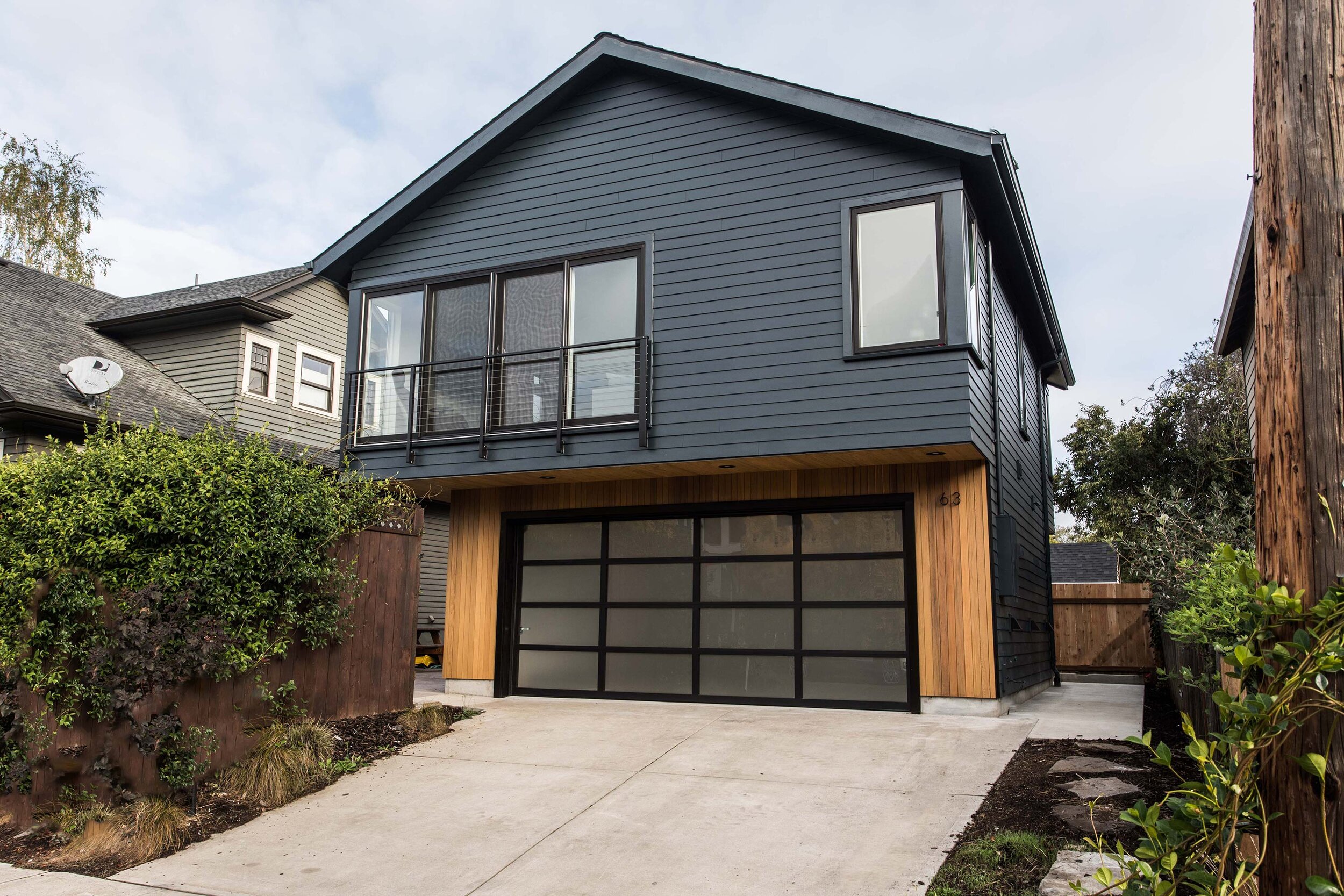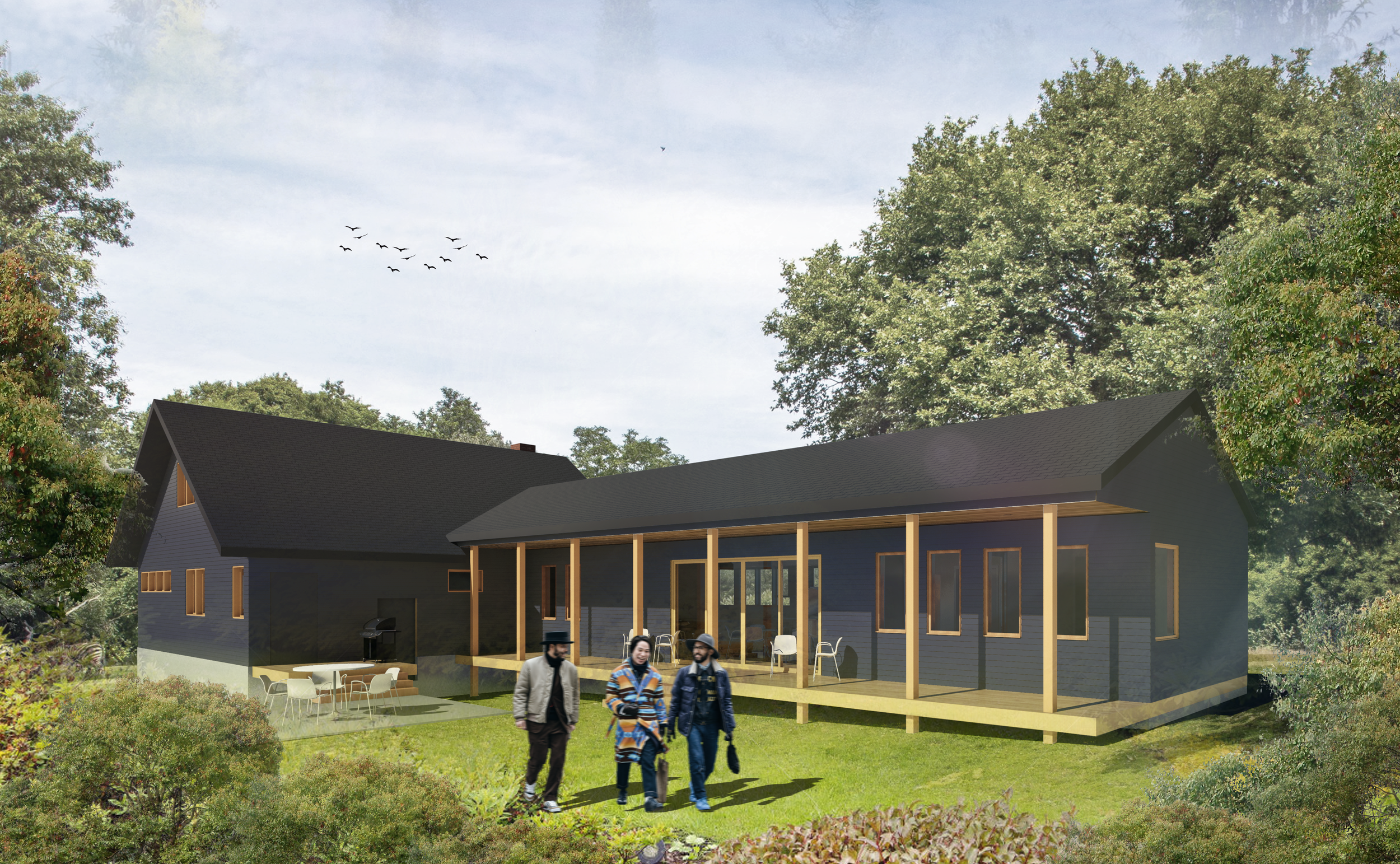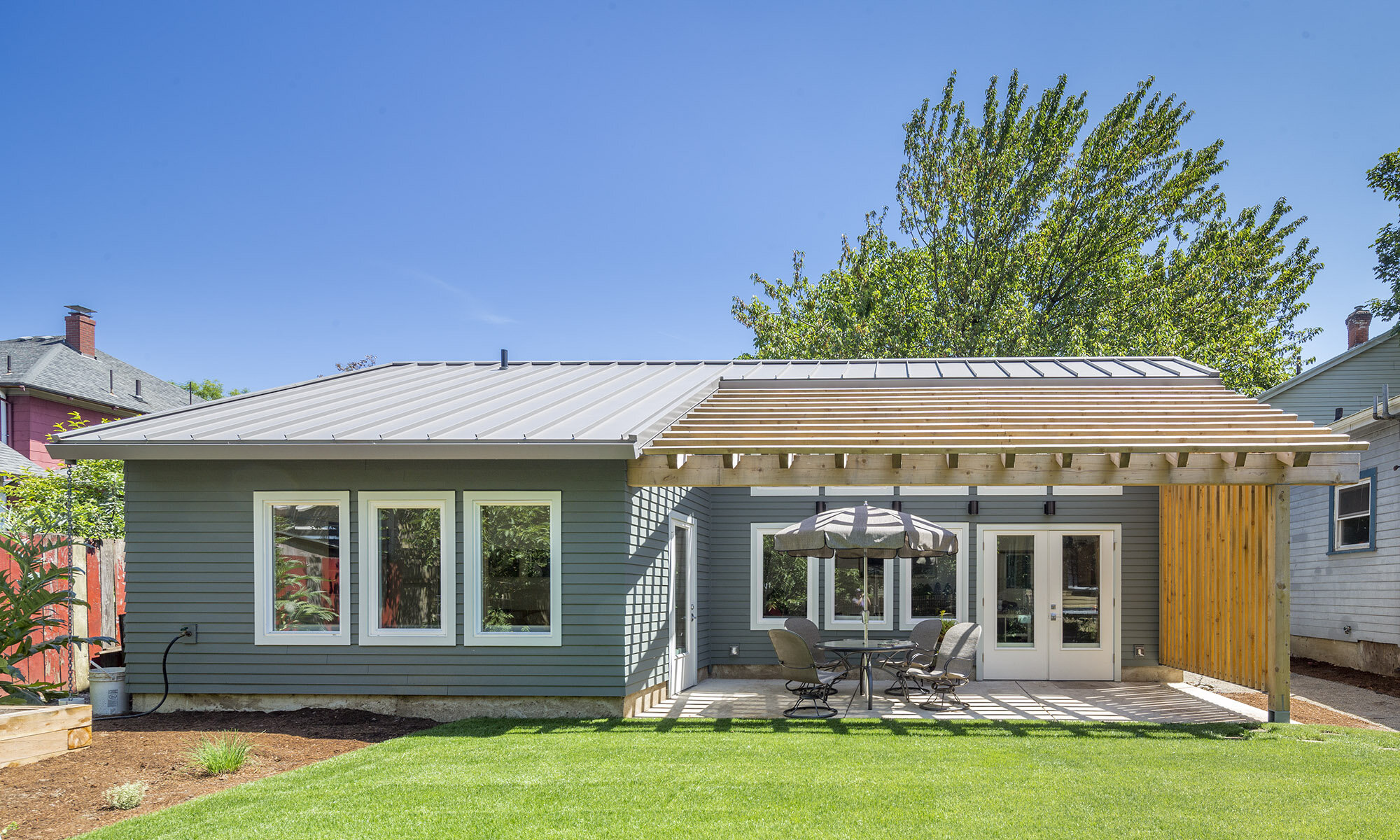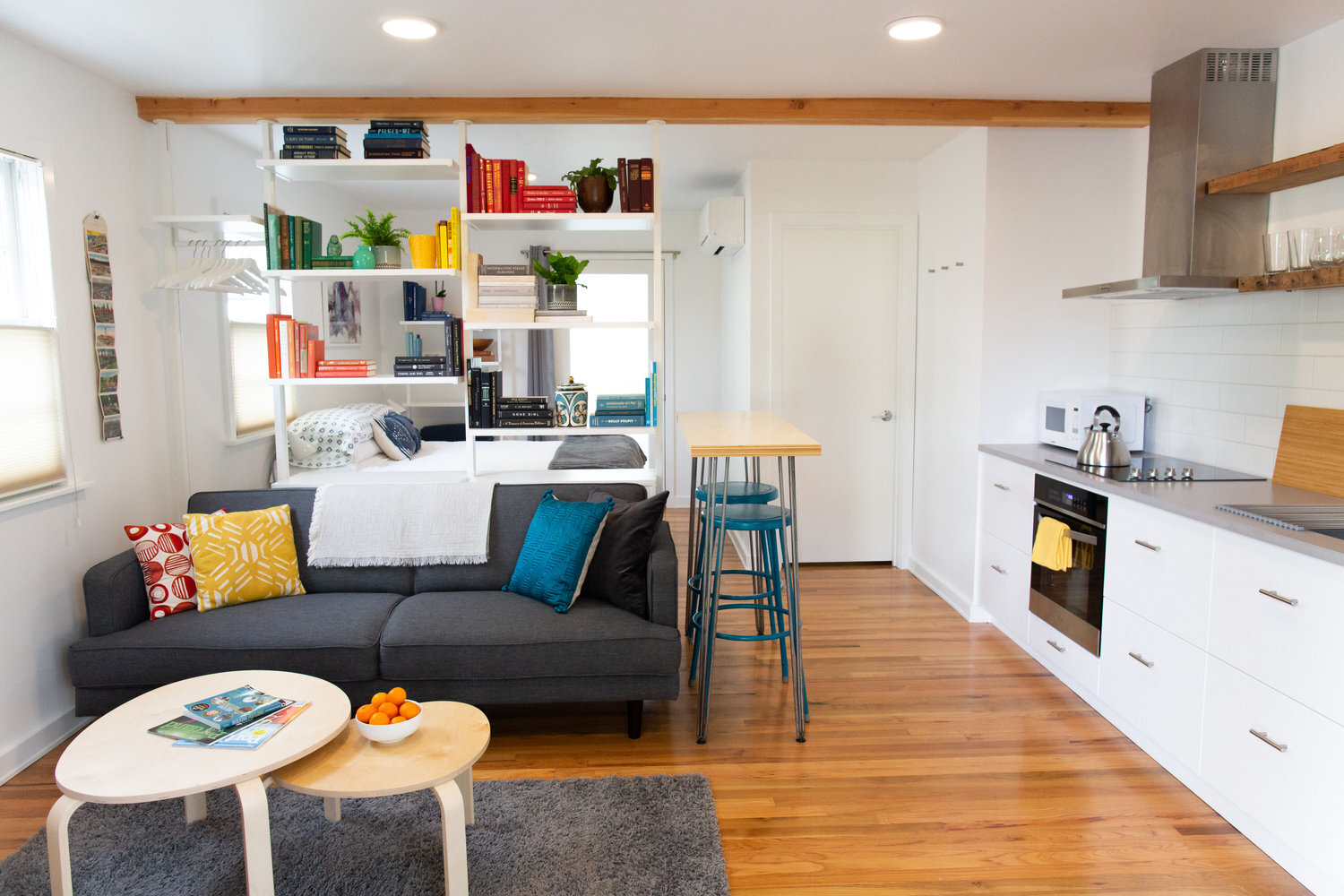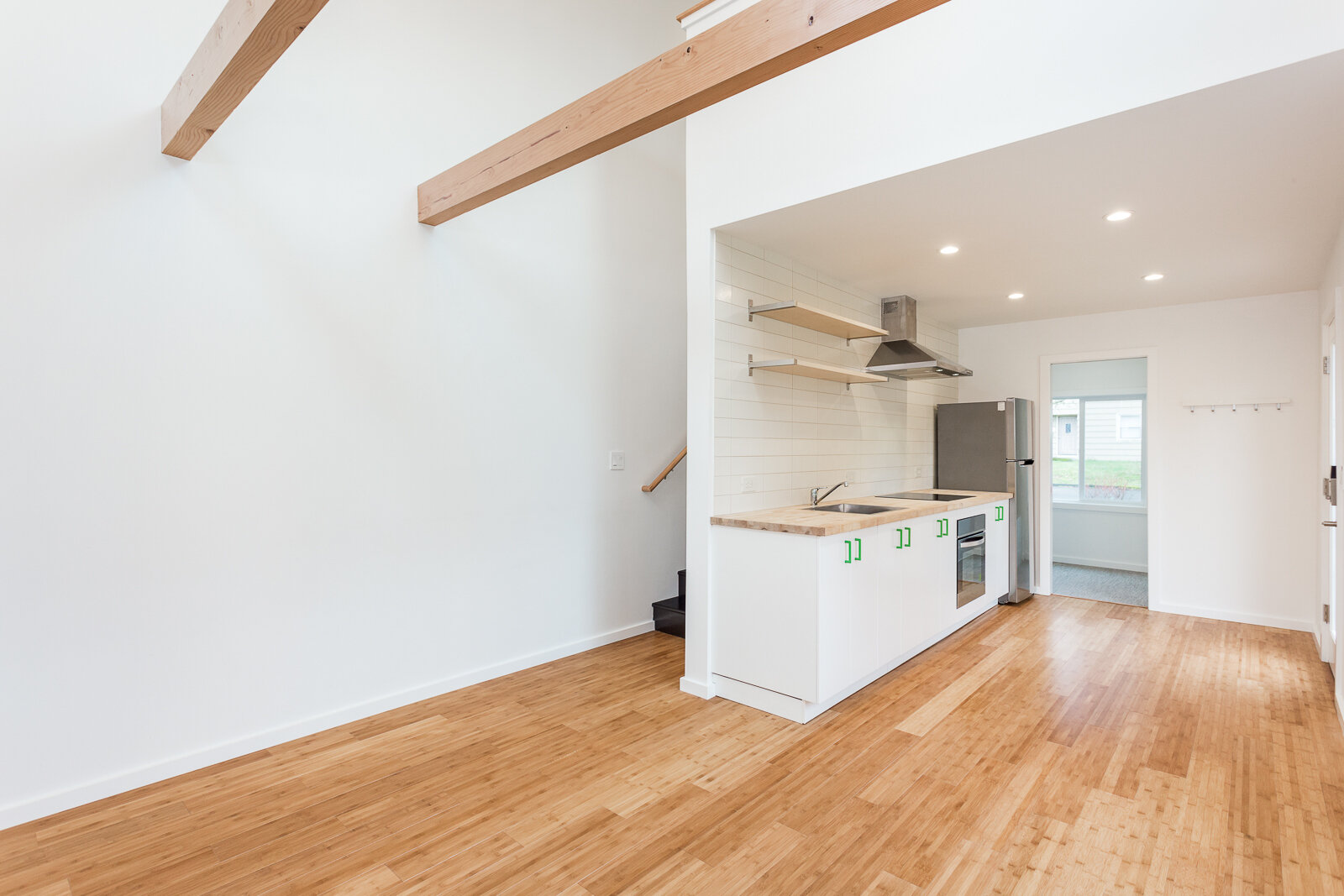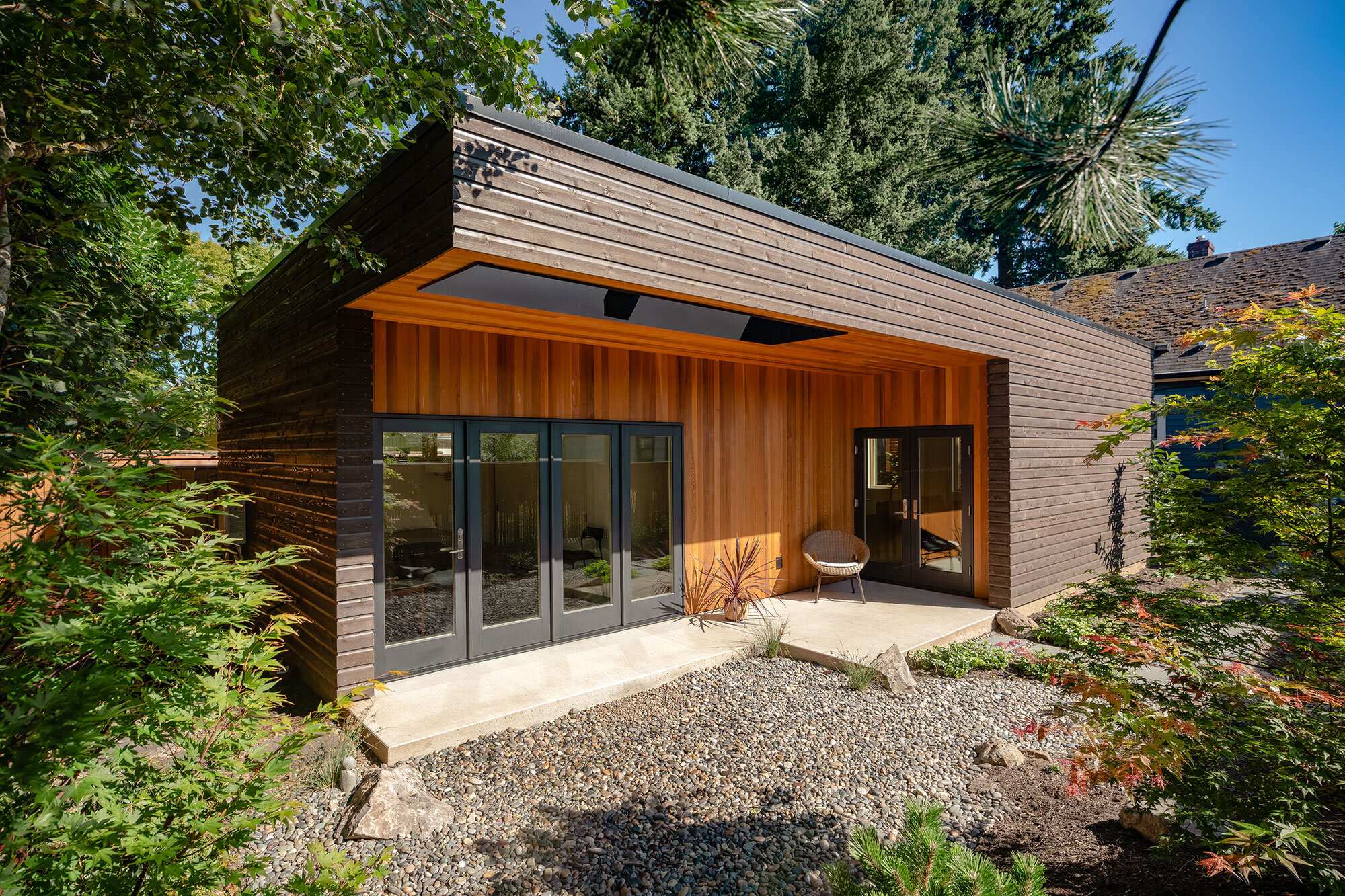Definition of ADU (Accessory Dwelling Unit)
Although they are called by many names depending on where you live, an ADU, which stands for Accessory Dwelling Unit, is a second home that is located on the same property as a primary residence. More and more cities are now allowing ADUs to go with main houses thus providing more housing in our neighborhoods without creating more sprawl. Primarily ADUs are located on residential properties that are zoned for single family housing, although the can also include living spaces in basement apartments or additional units on some multi-family properties.
Accessory Dwelling Units can take many forms as we will discuss below, but they need a few basic elements to be considered a full dwelling. Each ADU must have a kitchen, bathroom, living space, and sleeping space to be considered an ADU. They are full stand-alone dwellings that can provide everything someone would need to live in the unit long term. Basically they are smaller houses, typically limited in size and height by local zoning regulations.
View of a backyard detached ADU we designed on Bainbridge Island, Washington. Detached ADUs are the best option for rental units or for aging-in-place.
Types of ADUs
There are a range of options for creating ADUs on a particular property. These include building a detached ADU as a stand-alone structure, our preferred option. You can also build an accessory dwelling unit as an addition to your existing house, sharing a wall. Renovating a basement into an ADU is common, as-is converting an existing garage into a living unit. I have seen a few attics converted into ADUs, although creating a separate entrance can be challenging. I have even worked on a couple of projects to carve out parts of a client’s main house into an ADU, dividing it into two dwelling units under one roof. I have also designed ADUs over garages which is a very common request, especially in urban locations where off-street parking is desirable.
Although there are many options, and there may be a specific type that best suits your property, by far the easiest type of ADU to build is a new construction fully detached ADU. There are a bunch of advantages to keeping the new unit separate from the main house. First, from the perspective of someone living in each unit, having a fully separate dwelling is a nicer experience from a noise and privacy standpoint. There are no shared walls or floors, sound insulation isn’t much of an issue, utilities can be completely separate, and with careful design consideration, each unit can have some private outdoor space to enjoy.
There are also some technical reasons I recommend detached ADUs. Working within the confines of an existing structure can be difficult - especially if you have an older home or aging garage. Building new living units requires that it meets current codes and regulations. When building within an older house, cities often use the new project as an opportunity to make people upgrade the existing home to meet current codes as well. This could mean doing structural upgrades, replacing stairs that don’t meet code, adding egress windows, putting in fire and sound separation, and sometimes even adding residential sprinkler systems to the house. These can be complicated upgrades that add significant cost to the project. Plus, doing a detached ADU give you the most flexibility with the design, to make a space that is both great to live but also meets your style and aesthetic choices.
Examples of ADUs
Discussing the types of ADUs that can be built is one thing. Seeing examples of what these spaces can look and feel like is something else. Below are a range of projects that showcase the various types of accessory dwelling units that are possible. All are designs that I worked on and styles that vary based on the location, the client’s needs, and surrounding context.
Other common names for ADUs
Although ADUs, or accessory dwelling units, are the technical term used to describe these project types, there are many other common names to describe these housing types and the common use of these names vary depending on location.
Backyard cottages, granny flats, laneway houses, casitas, and guest houses are all common terms used for the stand-alone detached ADUs. For garage conversions or apartments built over garages you may hear them called carriage houses or garage apartments. These have been featured in pop-culture, specifically the Fonz lived in an ADU over a garage in Happy Days, and one of the main characters in the Hulu show The Handmaid’s Tale also lived in an apartment over the garage. In the show Full House the family had both a basement ADU and an Attic ADU.
Attached ADUs have been called bump-out ADUs in some places although this isn’t the most common ADU type. On the other hand, basement ADUs are some of the most common ADU projects and have many common names including: basement apartments, au pair units, mother-in-law units, in law units, Pied-à-terre, secondary suites, accessory apartments, to name a handful.
Regardless of what they are called we believe adding an ADU is a great idea and a worthwhile investment. They provide housing, can increase your property value, and can also generate rental income. You could also consider building yourself an ADU to live in while renting out the primary residence to a young family. Or perhaps you want to having aging family members live close by to save on the cost of care or to have grandparents nearby to help with childcare. Regardless of the reason for building an ADU, we think they are great projects that are fun design challenges.
One thing of note, ADUs are not tiny houses. Tiny houses are their own category of dwelling and typically refer to very very small units built on wheels. Unlike tiny houses, Accessory Dwelling Units are built on real foundations and are permanently fixed to their location just like a full sized house.
Typical Uses For ADUs
There are many reasons people consider for adding an ADU. Sometimes it is for increased living area for their family. Often it is to provide housing for an aging family member so they can be close by if they need care. Perhaps the most common reason to build an ADU is as a real estate investment, to generate rental income and increase property values. Building an ADU can be a great investment regardless of the use. As a property owner, you get to leverage an asset you already own - land - to add a new home. This is a low-barrier to entry into small scale real estate development. Accessory Dwelling Units also can be designated as affordable housing. Many cities, like Portland, Oregon, are actually incentivizing people to make ADUs affordable by waiving some of the development fees and also allowing property owners to build additional units if a percentage are designated as affordable. Even without the incentives and designations, adding an ADU creates naturally affordable housing since there are less costs to build an ADU than a new house considering the land is already owned and the size is limited.
We also sell Modern ADU Plans in order to help make these more affordable to a wider range of people.



